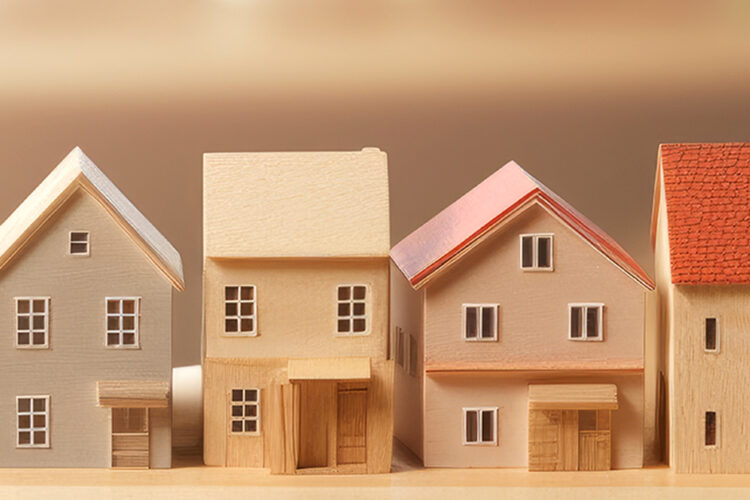There was a drop in dwelling commencements in the June quarter but the total value of building work completed rose marginally, according to new data.
Total dwelling commencements fell 11.8 per cent (seasonally adjusted) to 40,720 dwellings in the June quarter, the latest building activity data released by the Australian Bureau of Statistics (ABS) showed.
This was driven by a dip in new private sector houses, which fell 6.6 per cent to 25,162 in the June quarter, as well as new private sector other residential, which fell by 19.6 per cent to 14,529.
Over the 12 months to the 2023 June quarter, total dwelling commencements were down 15.4 per cent, while new private sector houses plunged 17.4 per cent and new private sector other residential fell by 11.9 per cent.
Dwellings under construction fell 1.4 per cent to 237,779 dwellings in the June quarter, with new houses accounting for 101,820 of the dwellings under construction.
Additionally, the number of dwellings completed (seasonally adjusted) was down 7.5 per cent in the June quarter to 41,669.
Driving this was a significant decline in new private sector other residential, which was down 20.1 per cent to 13,379.
Private sector new house completions fell by 1.6 per cent to 27,213, following a rise of 3.9 per cent in the March quarter and are down 3.1 per cent for the year.
On the other hand, the total value of work done rose by 0.3 per cent in the June quarter and 4.6 per cent over the 12 months to the June quarter to $3.15 billion.
This was driven by a 1.2 per cent rise in new residential building to $15.9 billion (following a 0.4 per cent decrease in the March quarter) and a 0.2 per cent rise in non-residential building to $13.1 billion.
Construction cost growth slows down
The ABS data has followed the recent release of CoreLogic’s Cordell Construction Cost Index (CCCI), which revealed that there has been a sharp slowdown in the pace of construction cost growth, indicating that pressures could be stabilising in the building sector.
The index, which tracks the cost to build a typical new dwelling, returned to a quarterly growth rate of 0.5 per cent for the September quarter, the smallest lift since the three months to June 2019 and half the pre-COVID-19 decade average of 1.0 per cent per quarter.
This took the annual growth in the index to 4.0 per cent, below the recent quarterly peak of 4.7 per cent this time last year.
CoreLogic head of Australia research Eliza Owen said while construction costs have remained high, the ongoing level of increase has normalised.
“This is the fourth consecutive slowdown in the quarterly pace of growth for residential construction costs,” Ms Owen said.
“The slowdown in new dwelling approvals also points to mixed news for the construction industry next year. On the one hand, this will free up capacity for material and labour resources, but it will also mean greater competition for new jobs.”
Ms Owen noted that the recent slowdown in the growth rate of construction costs is broadly in line with the “new dwellings” cost sub-component of the ABS CPI figures.
“This ABS CPI sub-index saw a peak in the March 2022 quarter at 5.7 per cent, and has since slowed to just 1.0 per cent through the June quarter of 2023,” Ms Owen said.
“The cost of new owner occupier dwelling purchases comprises the largest weighting in the CPI ‘basket’, so the continual easing in the CCCI may also be a forward indicator of inflationary pressures easing in the building sector.”
If you’re looking to refinance for a better rate or are looking for the right rate for your clients at zero cost, contact Finni Mortgages’ experts and let us do the hard work for you.
Visit our website here or call 1300 002 023 to learn how we can help you!


